Exploring Factors Influencing the Academic Success of Black Student-Athletes at Division I, Division II, Division III, and Naia Institutions
Abstract
This mixed methods study explored Black student-athletes’ perceptions and athletic administrators’ perceptions of academic resources and how those resources influence academic success through lived experiences. NCAA data on academic success and graduation rates indicate that Black student-athletes have continually increased their academic and graduation rates over the last 2 decades. Despite this positive trend, there is still a reported gap for selected Black student-athletes compared to other ethnic groups in academic success and graduation rates.This study’s methodological design utilized a sequential data collection procedure to include demographic statistical variables from an online survey instrument. Selected survey items were used for the two groups of male and female student-athlete participants (A=143) competing at purposefully selected colleges and universities across multiple levels of intercollegiate athletics. In analyzing these data, a two-tailed paired sample /-test indicated no significant differences in reported mean grade point average between Black male and female student-athletes, despite female student-athletes using academic resources far more frequently than male student-athletes. Concurrently, a survey of N=56 athletic administrators’ perceptions was collected and analyzed for the research study based upon their demographic profiles and responses to the items related to academic resources.Qualitative data collection was implemented through an open-ended instrument with n= 11 student-athletes and n= 16 athletic administrators who participated in the firstphase of the study and consented to provide their voices and lived experiences for analysis during the second phase of the study. Using an inductive analysis process, several themes emerged indicating the importance of academic resources. Several significant themes indicated as critical to the academic success of student-athletes included study hall, academic advisor, tutoring center, library, and computer labs. Additionally, the findings of this study have implications for academia and athletics to assist Black student-athletes in penetrating academic gaps that have continued to persist over the last 2 decades. Based upon the overarching findings from the student athletes and the athletic administrators who participated in this study and the current selected literature, the researcher has conceptualized a recommendation that stakeholders from the high school level, at least through the policymakers at each level of intercollegiate athletics, should consider an action plan for student success. It is recommended that the BASS (Black Academic Student-Athlete Success) Model (Moffett & Jones, 2021) be developed as an accountability system for student success organized by collaboration between a faculty athletic representative (FAR) and academic administrators and student athletes.Keywords: academic eligibility, academic resources, academic success, graduation rates, NCAA, NAIA, Black student-athlete
Subject Area
Educational leadership|Educational administration|Higher education
Recommended Citation
Jones, Tyrone W, "Exploring Factors Influencing the Academic Success of Black Student-Athletes at Division I, Division II, Division III, and Naia Institutions" (2021). ETD Collection for Fayetteville State University. AAI28943448.
https://digitalcommons.uncfsu.edu/dissertations/AAI28943448

